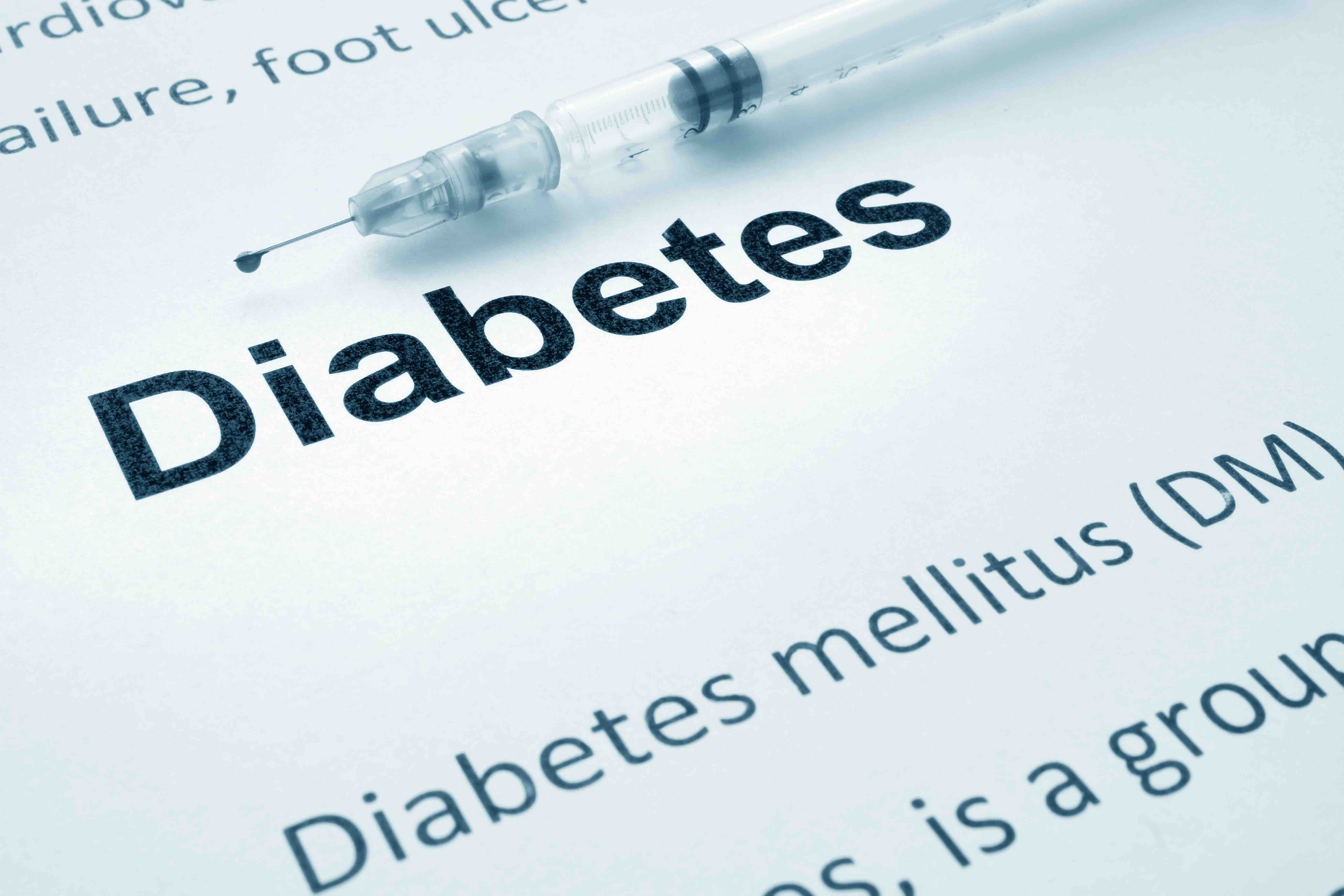Article
Does Fluoride in the Water Contribute to Diabetes? Maybe, Analysis Finds
Author(s):
The researcher, Kyle Fluegge, PhD, found that just comparing fluoride levels by parts per million showed little, but comparisons based on how much water people drank were revealing.
Adding sodium fluoride to public water systems, a practice that dates to the 1940s, has been shown to reduce tooth decay by 25%, according to the American Dental Association. Decades worth of studies on side effects have found them to be minimal, or studies were inconclusive.
But a new study in the Journal of Water and Health raises the possibility that a lifetime of drinking fluoridated water can contribute to the development to type 2 diabetes (T2D). According to the study by Kyle Fluegge, PhD, fluoridation could be a contributing factor to rising T2D rates, since sodium fluoride is known to be a preservative of blood glucose.
Fluegge, a health economist for New York City’s health department, completed his research as a post-doctoral fellow at Case Western Reserve University. He used mathematical models and publicly available data to examine connections between diabetes incidence and fluoridation levels in 22 states. The study adjusted for obesity and physical inactivity.
His findings, drawn from 2 sets of regression analyses, suggest that adding sodium fluoride to public drinking water was significantly associated with rising T2D rates from 2005 to 2010.
“The models look at the outcomes of (diabetes) incidence and prevalence being 2predicted by both natural and added fluoride,” Fluegge said in a statement.
He found that a 1 mg increase in the average county fluoride level predicted a 0.17% increase in age-adjusted T2D prevalence. What’s more, not every part of the country uses the same additive, and they apparently have different effects on diabetes.
Fluegge found that in contrast with sodium fluoride, fluorosilicic acid seemed to combat T2D, as it was associated with decreases in diabetes incidence and prevalence. Meanwhile, counties that relied on natural levels of fluoride in their water had lower diabetes rates.
The links were revealed when Fluegge adjusted fluoride exposure levels to adjust for estimated per capital tap water consumption. “The models present an interesting conclusion that the association of water fluoridation to diabetes outcomes depends on the per capita consumption of tap water,” he said. “
In other words, relying on the “parts per million” measurements won’t reveal much—one has to take the extra step and measure what people actually drink.
Fluegge said his study alone should not trigger policy changes, but it does suggest the need for more research. Population-level associations must be followed by studies of individuals, and other sources of fluoride would need to be taken into account, he said.
Reference
Fluegge K. Community water fluoridation predicts increase in age-adjusted incidence and prevalence of diabetes in 22 states from 2005 to 2010 [published online May 24, 2016]. 2016; DOI: 10.2166/wh.2016.012.





